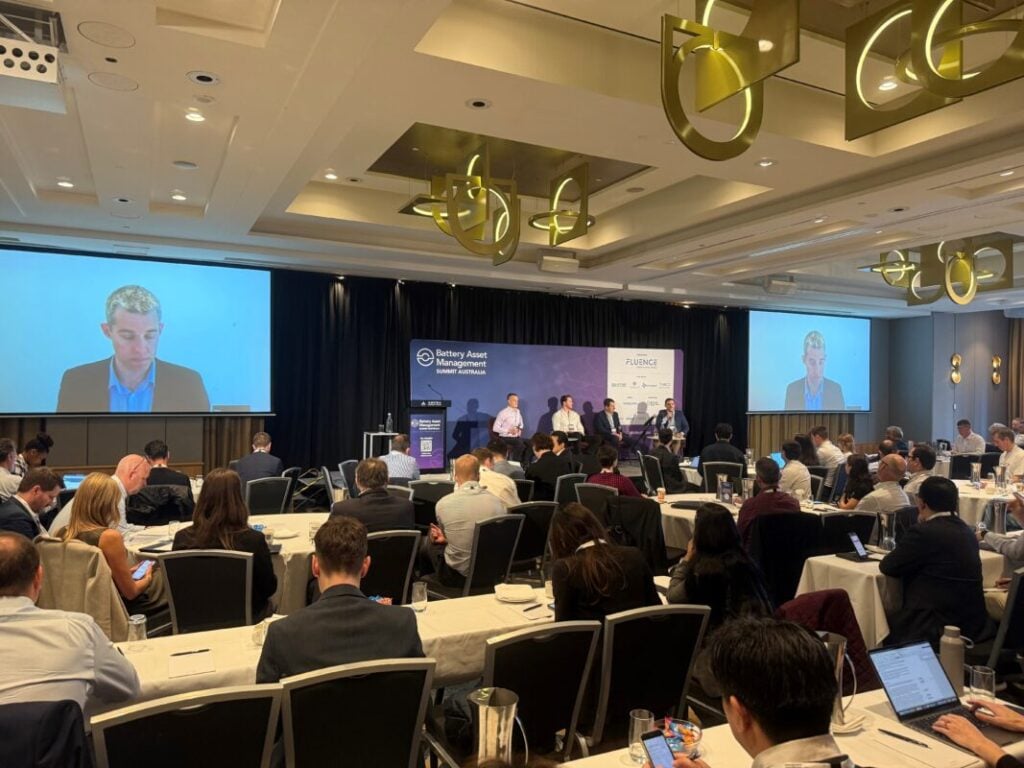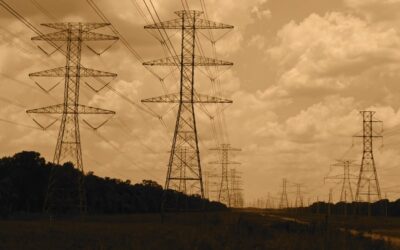
“The speed at which the inverters are operating, in terms of grid-forming mode, means that standby consumption will be higher,” said Dave Bowly, operations manager at Australian utility AGL.
Speaking at the Battery Asset Management Summit Australia 2025 last week, Bowly discussed some of the key aspects of operating a battery energy storage system (BESS) in Australia.
Among the various performance metrics that determine BESS efficiency and economic viability, standby consumption remains one of the most overlooked yet significant factors. This is especially true for grid-forming BESS installations, which are beginning to play an increasingly important role in grid stability and resilience.
Standby consumption represents the energy a BESS system consumes while in idle mode – when it’s neither charging nor discharging but maintaining operational readiness.
Try Premium for just $1
- Full premium access for the first month at only $1
- Converts to an annual rate after 30 days unless cancelled
- Cancel anytime during the trial period
Premium Benefits
- Expert industry analysis and interviews
- Digital access to PV Tech Power journal
- Exclusive event discounts
Or get the full Premium subscription right away
Or continue reading this article for free
According to Bowly, this consumption is not merely theoretical; it directly impacts the bottom line of storage projects and can significantly affect their long-term economics.
“From an asset management perspective, that [standby consumption] might not impact you very much, but from a trading perspective, it certainly does,” Bowly explained.
“In simple terms, if you don’t allow any energy past the gate and you come back a few hours later, a grid-forming inverter will generally have consumed more on its own state-of-charge (SOC) than a grid-following inverter. That’s just something to think about in terms of the economics.”
Several essential subsystems contribute to standby consumption in grid-forming BESS installations.
The thermal management system represents a significant portion of this consumption, as battery storage systems must be maintained within specific temperature ranges to prevent degradation and ensure safety.
Control systems, which are particularly sophisticated in grid-forming configurations, also require continuous power to maintain their operational state.
A core metric for evaluating standby consumption is the measured standby loss—the percentage of SOC lost in a given period without any power flow in or out of the battery system. Parasitic loads, such as the thermal management system, control power, and cell balancing, can partially account for these losses.
Learnings from other industries
Another panellist, Stephen Richardson, principal engineer of DC systems at Energy Queensland, believes that the energy storage industry, which is still fairly new, can take some learning from other markets to become the “best” in the business.
“We need to have a look at some of the other industries and how they do things. There are good parts in every industry. Have a look at them, see how they can apply to yours, and bring them in,” Richardson began.
“Yes, it might be coal and gas. It might be the motor industry. It doesn’t matter what discipline it’s from; if it works, make it work for energy storage, because there’s a reason it works over there.
“Understand why it works, bring those learnings back across, and adapt them and make them work for your energy storage. You will find, over time, that type of approach is much more creative in its solution.”
In doing so, Richardson believes that cherry-picking the best parts of several industries, no matter what they are, could be adapted to help make the energy storage industry more cohesive and successful.





